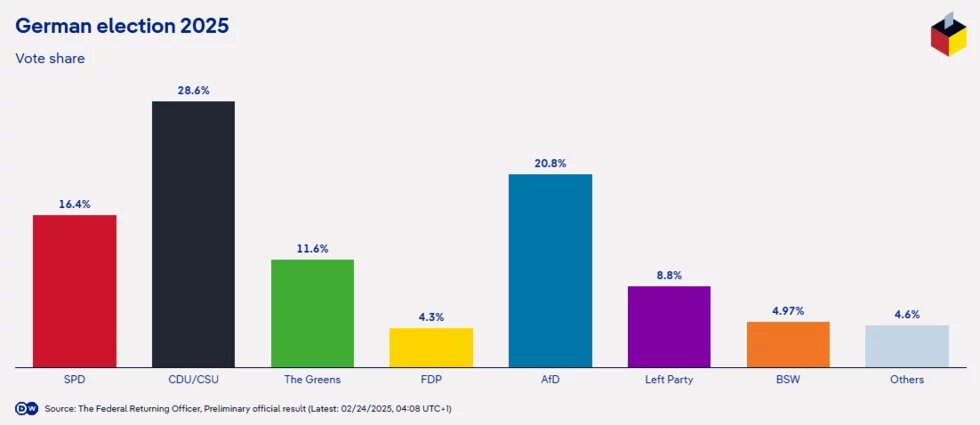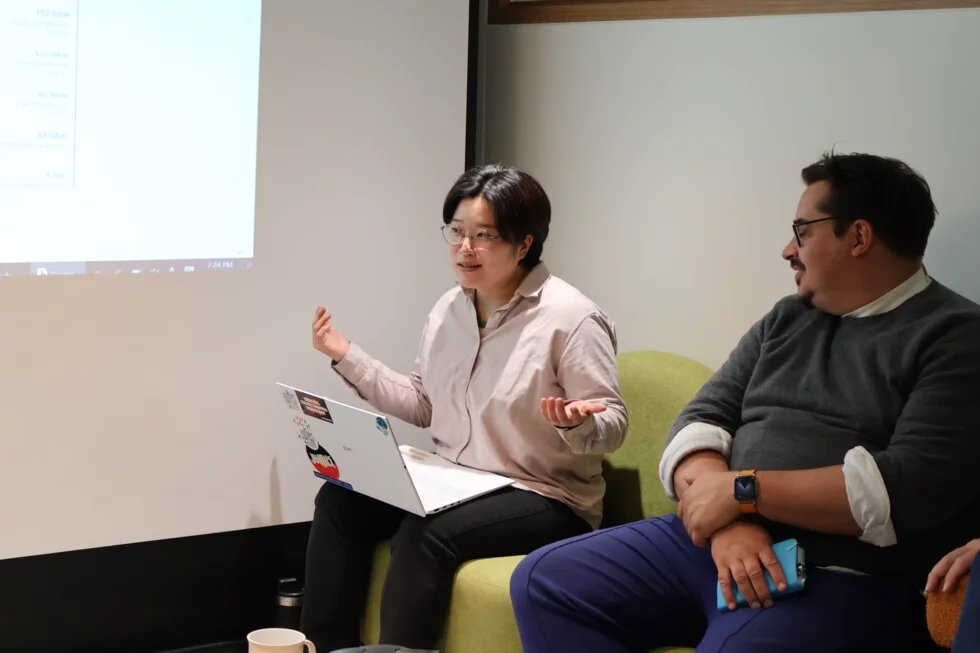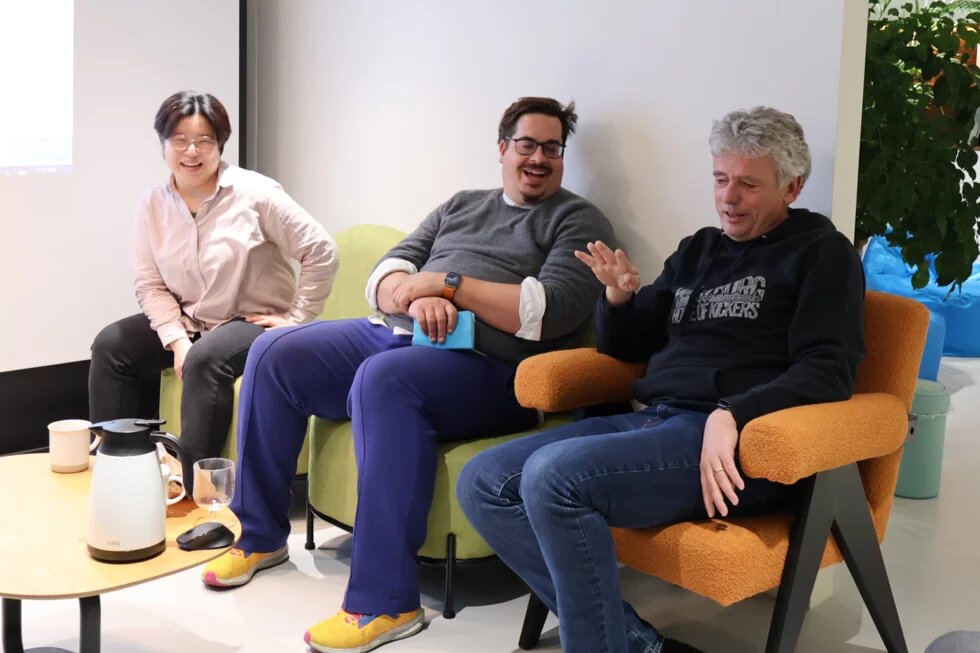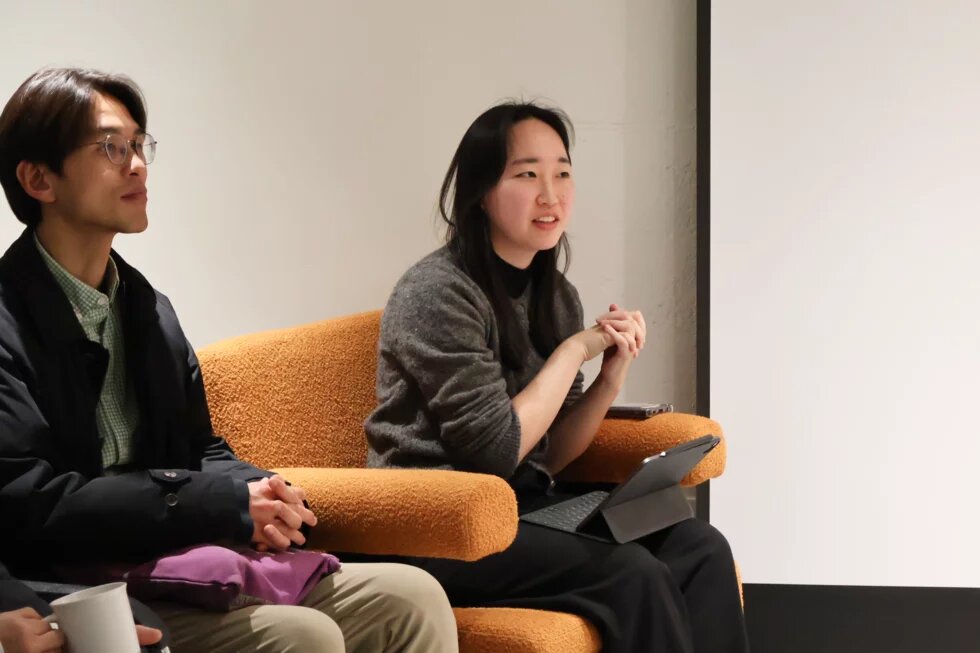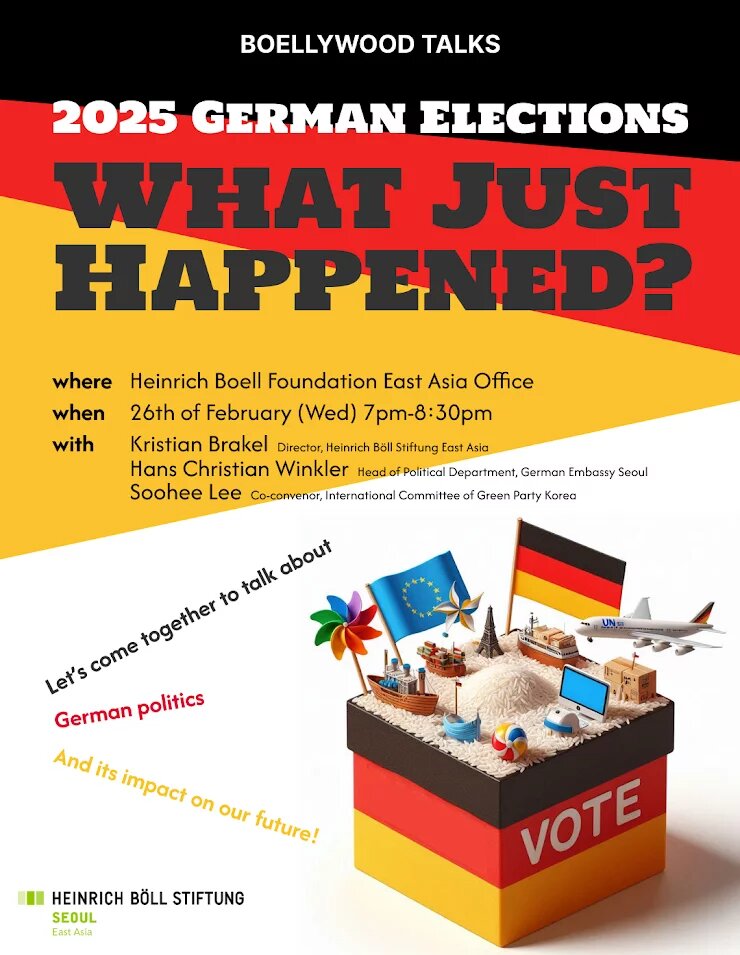
In 2021, the unlikely trio comprising of the center-left Social Democratic Party (SDP), the Greens and the pro-business Free Democratic Party (FDP) formed the Traffic Light Coalition. However, tensions rose within the coalition, especially regarding the federal budget. While the Chancellor, and leader of the SPD, Olaf Scholz called for the loosening of the “debt brake,” the Finance Minister, and leader of the FDP, Christian Linder heavily opposed this. Months of disagreement regarding the budgetary policy led to the dismissal of Linder and as a result, the collapse of the coalition. With the collapse of the coalition government, snap elections were held on the 28th of February with the center-right Christian Democratic Union (CDU) and its sister Christian Social Union (CSU) coming victorious with 28.6 percent of total votes.
However, the key question remains: What do the results mean, and what does the future of German politics look like? To answer this question, the Heinrich Boll Foundation East Asia Office invited three guests for a fireside chat discussion on the 2025 German Federal election.
In 2021, the unlikely trio comprising of the center-left Social Democratic Party (SDP), the Greens and the pro-business Free Democratic Party (FDP) formed the Traffic Light Coalition. However, tensions rose within the coalition, especially regarding the federal budget. While the Chancellor, and leader of the SPD, Olaf Scholz called for the loosening of the “debt brake,” the Finance Minister, and leader of the FDP, Christian Linder heavily opposed this. Months of disagreement regarding the budgetary policy led to the dismissal of Linder and as a result, the collapse of the coalition. With the collapse of the coalition government, snap elections were held on the 28th of February with the center-right Christian Democratic Union (CDU) and its sister Christian Social Union (CSU) coming victorious with 28.6 percent of total votes.
However, the key question remains: What do the results mean, and what does the future of German politics look like? To answer this question, the Heinrich Boll Foundation East Asia Office invited three guests for a fireside chat discussion on the 2025 German Federal election.
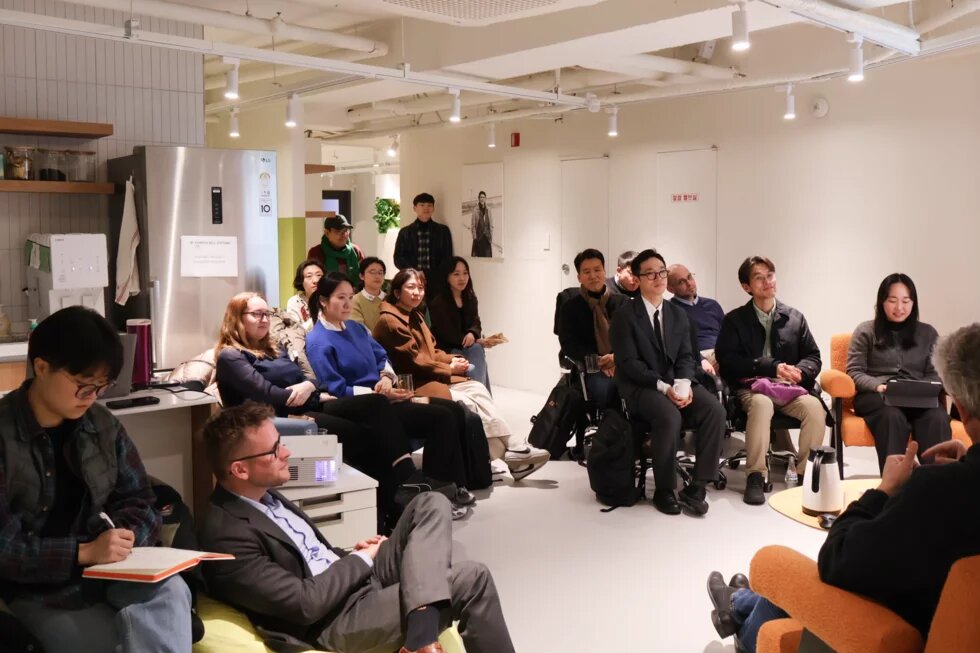
The Election Results
The elections concluded with a win by the CDU/CSU as they received about 28.6 percent of the vote share. The German Bundestag (federal parliament) is comprised of 630 seats. Of these, 208 seats will be distributed to the CDU/CSU, 152 seats to the hard right Alternative for Germany (AfD), 120 seats to SPD, 85 seats to the Greens, 64 seats to the Left Party, and one seat to the Danish and Frisian minority party, SSW. As the FDP did not pass the 5 percent threshold, they will not be represented in the Bundestag. To get the full picture, we must look at the polls to understand who voted for which party and why.
The voter turnout was a record high of about 82.5%, the highest since unification in 1990. This suggests that many Germans were concerned about the state of the country following the collapse of the ruling coalition. During the 2025 snap elections, peace and security emerged as one of the most important issues influencing voter decision, followed by the economy, social justice, refugee, and climate. Similarly, when asked which problems should be dealt with most urgently, the most common response was was Migration (followed by the economy, armed conflict/peace, and the environment). Therefore, parties like the AfD and the CDU/CSU, which advocated for stronger migration policies, received many votes.
The contingency result map reveals a noticeable divide between eastern and western Germany. Most eastern regions, excluding Berlin, supported the AfD, while the CDU/CSU dominated the western part. Across the country, university cities showed pockets of Green Party support. As expected, conservative parties performed well in affluent, white-collar areas, while progressive parties found stronger backing in university cities like Freiburg. However, this year, voters under 25 showed a surprising tendency to support either the hard-right AfD or the hard-left Left Party.
2021 Elections vs 2025 Elections
Despite their differences, the traffic light coalition came together in an attempt to revive the economy that took a great hit from the pandemic. However, soon after the establishment of the coalition, the government was faced with greater economic and security challenges as Russia launched its full-scale attack on Ukraine. New challenges and growing disagreements within the coalition caused many to be dissatisfied with the government. An ARD-DeutschlandTREND poll found that 44% of the people they surveyed were very dissatisfied with the government (only 1% were very satisfied and 13% were satisfied). This dissatisfaction may help explain why people voted differently in the recent elections.
Compared to 2021, the sense of insecurity regarding refugees, hard security in Europe, and the economy in Germany heightened. In particular, the migration became a prominent issue but the outgoing government held a rather lenient stance. This disconnect between public sentiment and government policy contributed to a significant shift in voter behavior. During the recent campaign period, minor parties stepped in to address this gap. The far-right AfD benefited by calling for a harder stance on migration, a position that resonated especially in eastern regions like Saxony, where it became the leading party. It is also notable that progressive voters did not feel properly represented when the traffic light coalition was in office.
In the past, the Greens were seen as pragmatic and forward-looking as they strongly advocated for equal rights and climate-oriented policies. However, many left-leaning voters felt that the Greens shifted toward the center while in government and had lost its ideological clarity. In other words, another gap between the public and government emerged. Left-leaning voters felt that their core values regarding the climate and long-term reform were underrepresented. The Left capitalized on this disconnect as they filled in the void by advocating not only for immigrants but for social and economic policies as well.
Key takeaways
Although the CDU came out victorious, there was notable dissatisfaction as the party received fewer votes than expected. This trend extended to all of the parties in the traffic light coalition as well and many voters turned to smaller parties instead. While there are many reasons as to why voters turned to smaller parties, key insights can be taken from the election results and public opinion polls. First, people felt that their primary concerns such as national security, migration, and climate change were not adequately addressed. Minor parties like the AfD and the Left offered more concrete positions on these pressing issues, while parties like the Greens were perceived as having shifted toward a centrist, less decisive stance. Second, there was widespread disapproval of the leadership within the outgoing government. Voter dissatisfaction with the heads of the traffic light coalition was already high, yet no changes in leadership were made. This led to a campaign season marred by personal attacks, particularly targeting figures like former Economy Minister Robert Habeck.
South Korea faces a comparable situation, with snap elections scheduled for June 3rd following the impeachment of President Yoon. As political parties prepare to nominate presidential candidates and conceptualize campaign strategies, the German election offers important lessons. Major parties in South Korea should prioritize addressing real and urgent security issues through clear, actionable policies—and select candidates who can earn broad public trust and support.
Public Opinion Polls
Forschungsgruppe Wahlen E.V. “Bundestagwahl 2025, ” Forschungsgruppe Wahlen E.V. Accessed April 7, 2025. https://www.forschungsgruppe.de/Wahlen/Grafiken_zu_aktuellen_Wahlen/Wahlen_2025/Bundestagswahl_2025/
Taggesshau. “Deutsche mehrheitlich für vorgezogene Bundestagswahl,“ Tagesschau. Accessed April 7, 2025. https://www.tagesschau.de/inland/deutschlandtrend/deutschlandtrend-ampe…
Zeit Online. “Alle Ergebnisse aus den Wahlkreisen,” Zeit Online. Accessed April 7, 2025. https://www.zeit.de/politik/deutschland/2025-02/bundestagswahl-2025-wahlergebnisse-wahlkreise-live
